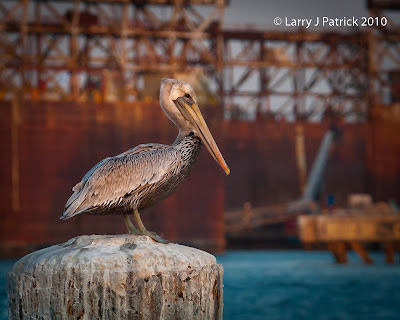Why would a non-bird photographer give a bird photography class. Good question. I do not think I have reached my federally approved level of humiliation this week.
I know what you are asking: “What disqualifies you from being a bird photographer?”
1. I take bad bird photos.
2. I do not have the patience to take good bird photos.
3. I do not know what I am doing when a bird is in front of my lens.
4. I do not have the equipment to be a “real” bird photographer—in general, “real” bird photographers must have a lens that allows you to see ants on the moon.
 I know your next question: “Why are you doing this?” I lost a bet? Really, it all started when I was down in Galveston after a portrait session and I remembered that “birds of a feather” was our club’s assignment for October. So, with my mighty 70-300mm lens in hand, I set-out to capture the perfect bird photo.
I know your next question: “Why are you doing this?” I lost a bet? Really, it all started when I was down in Galveston after a portrait session and I remembered that “birds of a feather” was our club’s assignment for October. So, with my mighty 70-300mm lens in hand, I set-out to capture the perfect bird photo.Here I wanted to play with the compression created by my massive 300mm of thundering glass. The bird was about 100 feet from me and the rigs in the background were about 600 yards. Yet, because of the compression, the two look like they are right next to each other. I think this effect adds interest to the photo.
The image that is shown here only represents about 40% of the frame that I captured—a nice 600mm lens would have made the photo to be pretty much full frame and think about the compression and bokeh that I could have achieved. And just think, I could achieve this by merely forking over $10,300 for a Nikon 600 AF-S f/4G VR. Cheap at twice the price. I wonder how fast B&H can get it to me?
Enjoy.
Camera settings: Nikon D3, Nikon 70-300mm f/3.5-5.6 at shot at 300mm ISO 200, f/5.6 and 1/750th of a second.
Post Processing:
Lightroom 3—Set black and white points, added clarity and mid-tone contrast.
Photoshop CS5—removed a few distracting elements within the photo and balanced the colors within the image.








